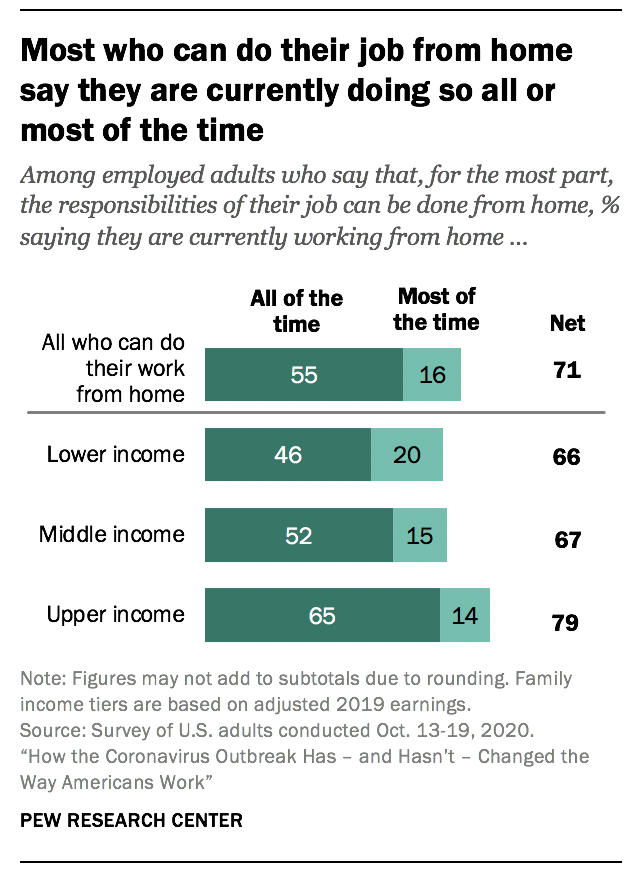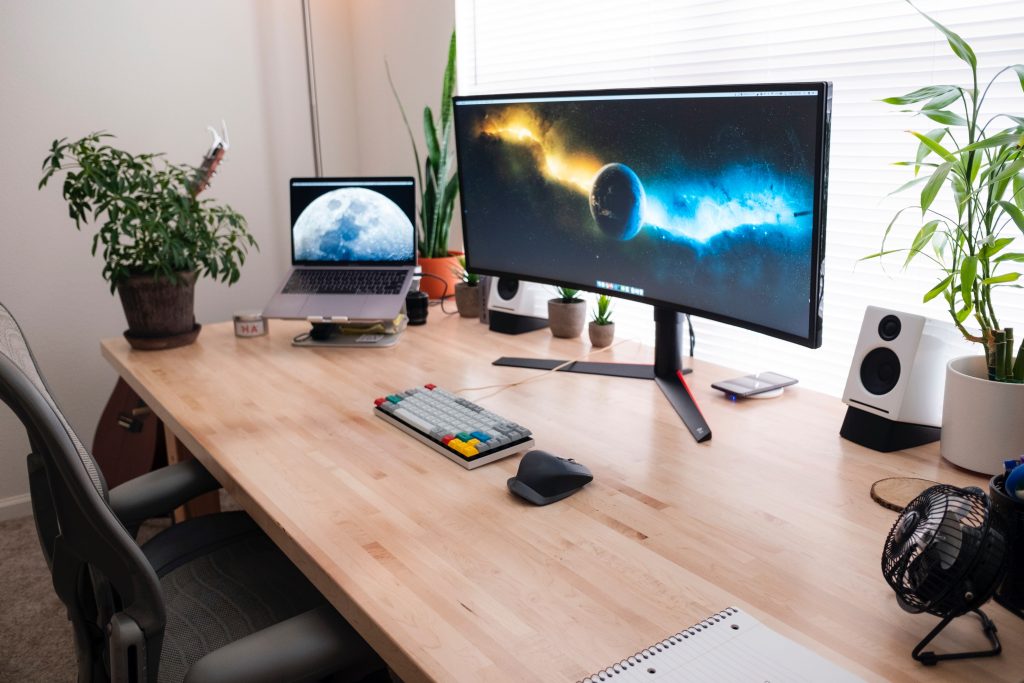Staff push for their employers to deliver on environmental and social justice issues; Millions of US people became freelancers for the first time, but there is an educational and social divide between those workers who can and cannot work remotely. A majority of UK employees have the skills to survive automation, while two-thirds of companies foot the bill for home offices. These are the top 5 trends in the world of work:
December 11, 2020
#1. Workers push for their employers to step up to the mark on environmental and social justice issues
Just to prove employees want employers to offer more than ping-pong tables and ball pits at the office, they are increasingly calling for companies to address environmental, social and governance (ESG) issues. Millennials especially want to work for companies that are a force for good and, according to a survey, many US employees say they are right to speak up for, or against their employers on matters that affect society. They also expect companies to really deliver on employee expectations on health and safety, and diversity and inclusion.
Read more in the Financial Times.
Read more in the Financial Times.

#2. Millions of US people became freelancers for the first time during the pandemic, according to latest research
Nearly one in eight (12%) of the U.S. workforce started freelancing for the first time during the pandemic, according to the U.S. Independent Workforce Report, based on insights from 6,000 U.S. workers about the impact of COVID-19. More than a third of the U.S. workforce – 59 million people – are freelancers and more than a third (36%) of them freelance full-time, up eight percent on 2019. Freelancing also crosses the generations, with half of Gen Z, 44% of Millennials, 30% of Gen X and a quarter (26%) of Boomers are freelancing. Read more in Forbes.

#3. Research shows how COVID-19 is highlighting the social and educational divide among workers in the U.S.
While one in five US employees used to work remotely before the pandemic, data from the Pew Research Center reveals that seven in 10 of those workers are now doing their jobs mostly from home.
However, an overall majority of workers say their jobs cannot be done remotely. There’s a clear class divide between those who can and cannot work remotely. Sixty-two percent of workers with a bachelor’s degree or more education say their work can be done from home. This compares with only 23% of those without a four-year college degree. Similarly, while a majority of upper-income workers can do their from another location, most lower- and middle-income workers cannot. In addition, a majority of those working outside the home are worried about their exposure to the virus. Read more from the Pew Research Centre, Social and Demographic Trends.
However, an overall majority of workers say their jobs cannot be done remotely. There’s a clear class divide between those who can and cannot work remotely. Sixty-two percent of workers with a bachelor’s degree or more education say their work can be done from home. This compares with only 23% of those without a four-year college degree. Similarly, while a majority of upper-income workers can do their from another location, most lower- and middle-income workers cannot. In addition, a majority of those working outside the home are worried about their exposure to the virus. Read more from the Pew Research Centre, Social and Demographic Trends.

#4. Majority of UK employees have the skills to survive the automation of work
Three-quarters of UK employees already have the skills to survive the automation of work, according to a study from Microsoft, in collaboration with Goldsmiths and University of London.
They possess two sets of skills: they are digital-savvy, and can easily use new technologies but, with some help from tools such as low-code or no-code platforms, they also have the ability to create new systems for others to use.
But the picture isn’t all rosy and the data doesn’t mean that three-quarters of the workforce could immediately start coding new software. An overwhelming proportion (69%) of leaders report that their organization currently has a digital skills gap and two-thirds of UK employees say they don’t have the appropriate digital skills to fulfil new and emerging roles in their industry. Read more on zdnet.
They possess two sets of skills: they are digital-savvy, and can easily use new technologies but, with some help from tools such as low-code or no-code platforms, they also have the ability to create new systems for others to use.
But the picture isn’t all rosy and the data doesn’t mean that three-quarters of the workforce could immediately start coding new software. An overwhelming proportion (69%) of leaders report that their organization currently has a digital skills gap and two-thirds of UK employees say they don’t have the appropriate digital skills to fulfil new and emerging roles in their industry. Read more on zdnet.

#5. Phones, laptops and printers – who’s paying for new home offices?
Two-thirds of companies are providing or reimbursing for needs of newly remote workers, according to a survey by HR consultancy Mercer. More than half (55%) of companies are covering laptops, 33% mobile phones, 26% printers and 24% ergonomic equipment. But nearly a third (32%) of companies said they were not helping out with those costs. And there are other issues companies and individual home workers need to think about, including the potential tax implications of working from home. Read more on Reuters.




